

The following is based on the talk presented at the RAL Central Computer Representatives' Meeting (CCRM) on 4 September 1986.
RAL has been involved in Office Support Systems since 1982. It began with PRIME OAS, though it has offered electronic mail services since 1975. The PRIME pilot taught us many lessons and in '83 when DHC decided on a Lab-wide pilot with the Professional Office System, PROFS, the conditions for success were good.
IBM offers a number of Office Support Systems for both mainframe, small departmental computers and personal computers. It is possible to integrate these using networking. The PROFS system was chosen to fit in with the policy of using manufacturers software, and use the existing hardware.
The initial service was provided to senior staff, management information sources and administrative support areas i.e. Admin Division, DAOs and secretaries. Growth was rapid from 40 to 100 users and by May '84 had reached a critical mass.
DHC approved a full service which began October 1984 with a population of about 200. It has grown to about 500. There is broad coverage of the management, administrative and support staff in RAL. There have been enquiries from project scientists wanting both office support and project support. We now run an RAL tailored Version 2 Release 2.
PROFS is a system for presenting and integrating computer facilities for office support on an IBM VM/CMS system. The main method of presentation and control is by using 3270 full screen menus and Program Function (PF) keys. There is a command interface. The basic facilities are:
These are well integrated and provide the backbone of the RAL system. IBM PCs are being used as Word Processors for secretarial and typing staff, and by senior management for specialist applications which require access to host-based data and the electronic document facilities offered by PROFS.
PROFS and its PC Support Feature - PCSF have user tailorable control files (menus, nicknames, printers etc), formats that make it easy to produce documents to RAL standards, and a good HELP system. PROFS is enhanced by inclusion of additional functions at personal (i.e. individually tailored), specialist group (i.e. function or role oriented) and at service wide (i.e. public applications) level.
Some of the public applications that have been added are:
PROFS offers a link between CMS and Office Support. Almost any CMS command can be typed on the PROFS command line. Few clashes occur and where a function has an implementation both inside PROFS and outside, tailoring can provide access to either or both. PROFS is well suited to preparing large scale project and technical documentation to high and consistent standards (project specification, system and user manuals, operations standards etc).
Many scientists and engineers currently using CMS for technical work also have an office role, be it project or line management. Access to PROFS provides support for this without taking away the technical facilities provided by CMS.
PROFS already has several applications for project support as mentioned above. Others can be added by users or under contract.
IBM PCs with 3270 emulation are good for Personal Computing Applications in the PROFS environment. Applications which integrate well with PCSF are:
Other programs are being evaluated eg: PC based database systems, project management packages, etc.
PROFS is not expensive to run. Much of its code is highly optimised and it is economical of shared document storage. Registration is free to existing CMS users but IBM documentation must be purchased.
The base product is supported and developed by Information Management Group of CCD. If you are interested why not contact User Support and Marketing Group (CMS userid = US) who will pass your request on or you can contact Information Management Group (CMS userid = JB or KGJ) directly.
After a complete shut-down of machines, such as occurs for air conditioning maintenance, many users worry about whether they will restart. After the recent shut-down, one machine did not and never will again - the ICL 2904 functioned for the last time on Friday 31 October and is now in the throes of disposal.
The machine arrived in February 1978 taking several peripherals from the redundant ICL 1906A. Initially it had 48 K of store, 2 * 60 Mb disc drives, 2 * 7 track 556/800 tape drives, an integrated card-reader and a 300 line/mini printer. It was purchased for the computerised administration of the SERC grants, to replace the batch system which had been running on the 1906A. A small team, lead by Mike Chiu, set about redesigning the system using a database system (new to SERC at that time) and an interactive enquiry system (also new). Whilst the work was under development, the batch system was transferred to a ICL 1906S at Sheffield University. The conversion and move to the 2904 was made in June 1979 and from then on proved to be invaluable to Central Office.
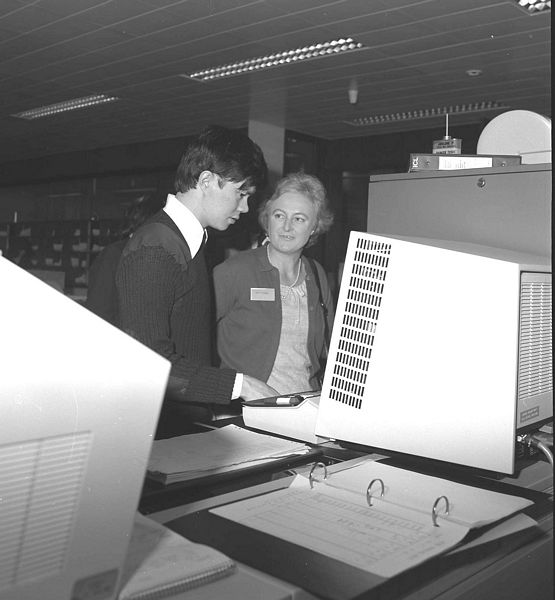
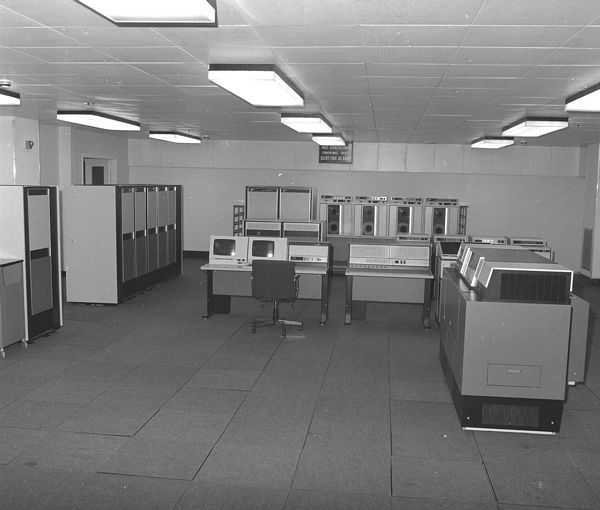
The system grew beyond all expectations and the hardware constantly had to be upgraded. At the closure, the store was 192 Kb and the number of disc drives increased to 8, the maximum possible for such a machine.
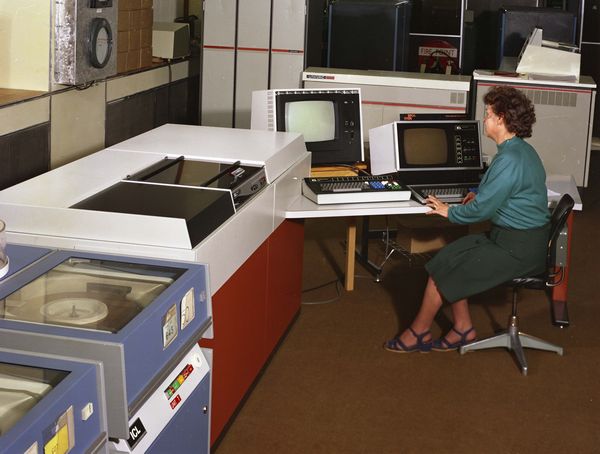
Of the staff from RAL employed on the project over the years, Mike Chiu and Terry Dunwoody are now with Logica, Jo West is with the Avon County Council, Ray Waters moved to Essex, Mike Claringbold and Julian Gallop are members of Informatics Division, and Keith Jeffery - who took over the leadership when Mike Chiu left - and Ken Smith are still working in the database field in Central Computing Division. Several people from Central Office, firstly in London and latterly in Swindon, have also been heavily involved.
The success of the system was a contributing factor to the creation of a SERC Administration project, using initially the IBM 3032 at RAL, and now a part of the JACS system running at Swindon.
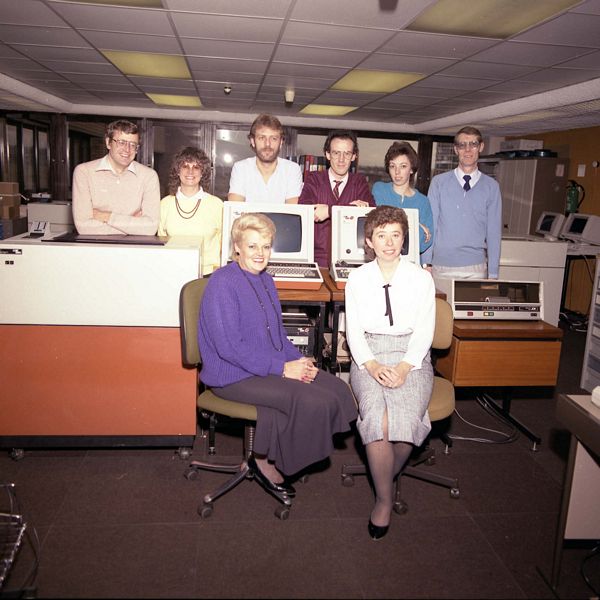
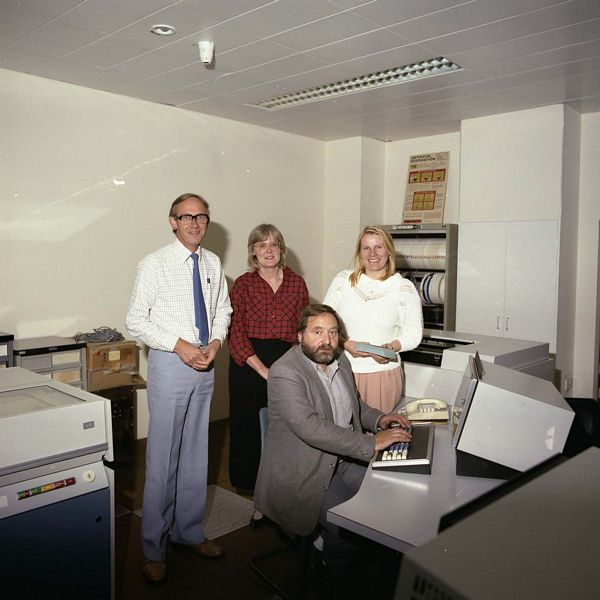
Although I left the project some years ago, I remember it with affection and often returned to it to assist others or to use it for the odd small project. Is this the end of punched cards at RAL? What am I going to use now for writing my shopping lists?
Networking status. The current versions of the software are PSI 4.0, CBS 4.2 and JTMP 4.2. At the time of the meeting 47 sites had joined the central support contract.
Reports of recent meeting of the WNUG and RAL CULC were made. Archiving systems. The (commercial) UIS product was described. A bulk discount might be available if sufficient sites were interested. Further investigation of alternative archiving systems was thought to be desirable.
Laser-printers. Experience with a variety of devices including DEC LN03, Apple, Cannon was described. In general sites are very satisfied with these devices. It is likely that Laser printers will become the preferred output device for most applications.
The next meeting will be held a DEC-Park, Reading on 19 March 1987.
The previous newsletter announced the resignation of Dr. Peter Linington from his position as Head of the Joint Network Team and the Network Executive. I am pleased to be able to report that the urgent action taken to refill the post has been successful, and that Dr. Bob Cooper has been appointed as Peter's successor.
Bob, of course, needs no introduction to readers of Network News, as he has been a member of the Joint Network Team since October 1979, and is thus the longest serving member of the Team. Prior to joining he had worked with British Steel on their own internal network, and before that he was at CERN working on real time systems. Bob will be taking up his duties in January. There is only one unsatisfactory feature; his promotion leaves yet another vacancy in the JNT, reducing it still further below complement. It is clear that one of Bob's first actions will be to seek ways of rectifying this, but in the meantime I must ask all those who work with the JNT to bear in mind the severe difficulties under which it is working.
I am pleased to report that the staffing situation in the Network Executive is much more encouraging. Shirley Wood, who has been involved with GEC systems at Rutherford for a number of years and has a great deal of experience in networking, has recently joined the Executive and will have responsibility for User Support. John Dyer has also recently joined the Executive. John is a relative newcomer to networking, although he has used JANET during his time at University. The Executive is now at full strength.
Interest in this full-screen interactive terminal protocol is growing in the community. SSMP operates between a host application and an adapted terminal. The host application is able to "teach" the terminal how to interpret a wide range of cursor movement and image editing keystrokes locally, so that on]y essential changes are transmitted over the network. Further, SSMP batches network traffic into frames which fill packets wherever possible. SSMP does not make special use of the network link; for example PAD X3 parameters are not changed by the host. The result is good local response, efficient use of the network, and an excellent interworking capability.
SSMP terminal emulations are available for the BBC Microcomputer, the IBM PC, the Amstrad PC 1512, the RM NIMBUS and the Apricot Pc. An exciting development is the Fawn Box, a low-cost enhancement which allows SSMP application to be run in conjunction with visual display terminals widely found in the community.
SSMP host applications include the following:
Information on both terminal and host aspects of SSMP is discussed via the mailing list SSMP@UK.AC.EDINBURGH.
The JNT has commissioned an add-on SSMP system whose software is being written at the University of Newcastle upon Tyne. This is called the Fawn Box (from the SSMP Fawn Book). The Fawn Box is a small diskless microcomputer system which is placed between the "dumb" VDU terminal and the PAD port. Newcastle staff working on the Fawn Box are Dave Sedgwick and Clive Gerrard.
Facilities provided by the Fawn Box include three terminal emulations:
Full-screen operation using SSMP is available from any of these emulations. The Fawn Box supports most common visual display terminals. The terminal type is set on switches; at the moment these are:
The Cifer 2605 and Newbury 7000 series are being considered for inclusion.
The JNT have procured one hundred Fawn Boxes for evaluation by the community, and these will be sent out to participating sites early in the New Year. The present aim is to have the Fawn Box at product status by the Edinburgh Networkshop in April.